Canonical pushed out Ubuntu 14.04 last week. This release is the first Ubuntu Long Term Support release in two years and will be supported for the next five years.
It feels like, for Canonical at least, this Long Term Support release couldn't have come at a worse time. The company is caught in a transitional phase as it moves from a desktop operating system to a platform that spans devices.
The problem for Canonical is that it's only about 90 percent of the way to a platform-spanning OS, but it just so happens that the company's schedule calls for a Long Term Support release now.
Long Term Support releases are typically more conservative and focus on stability and long-term maintenance rather than experimental or flashy new features. Things that are 90 percent done don't make it into LTS releases. And, unfortunately for Canonical, most of its foundation-shaking changes to Ubuntu are currently only about 90 percent done and thus not part of this release.
The two biggest changes on the horizon are the Mir graphics stack and Unity 8, neither of which are part of 14.04.
Mir just isn't ready for primetime yet, and even the halfway step of xMir (which falls back to the X display server when it needs to) isn't ready enough to land in an LTS release. Were this not an LTS release, it seems likely xMir at least would be included. As it stands, the graphics stack in 14.04 is—aside from incremental upgrades—the same as it was in last year's 13.10.
Likewise, Unity 8 will not make its debut in this release. The next version of Ubuntu's flagship UI isn't quite there yet, at least on the desktop. Now, this puts Canonical in the unfortunate position of needing to support Unity 7 on the desktop for five years going forward.

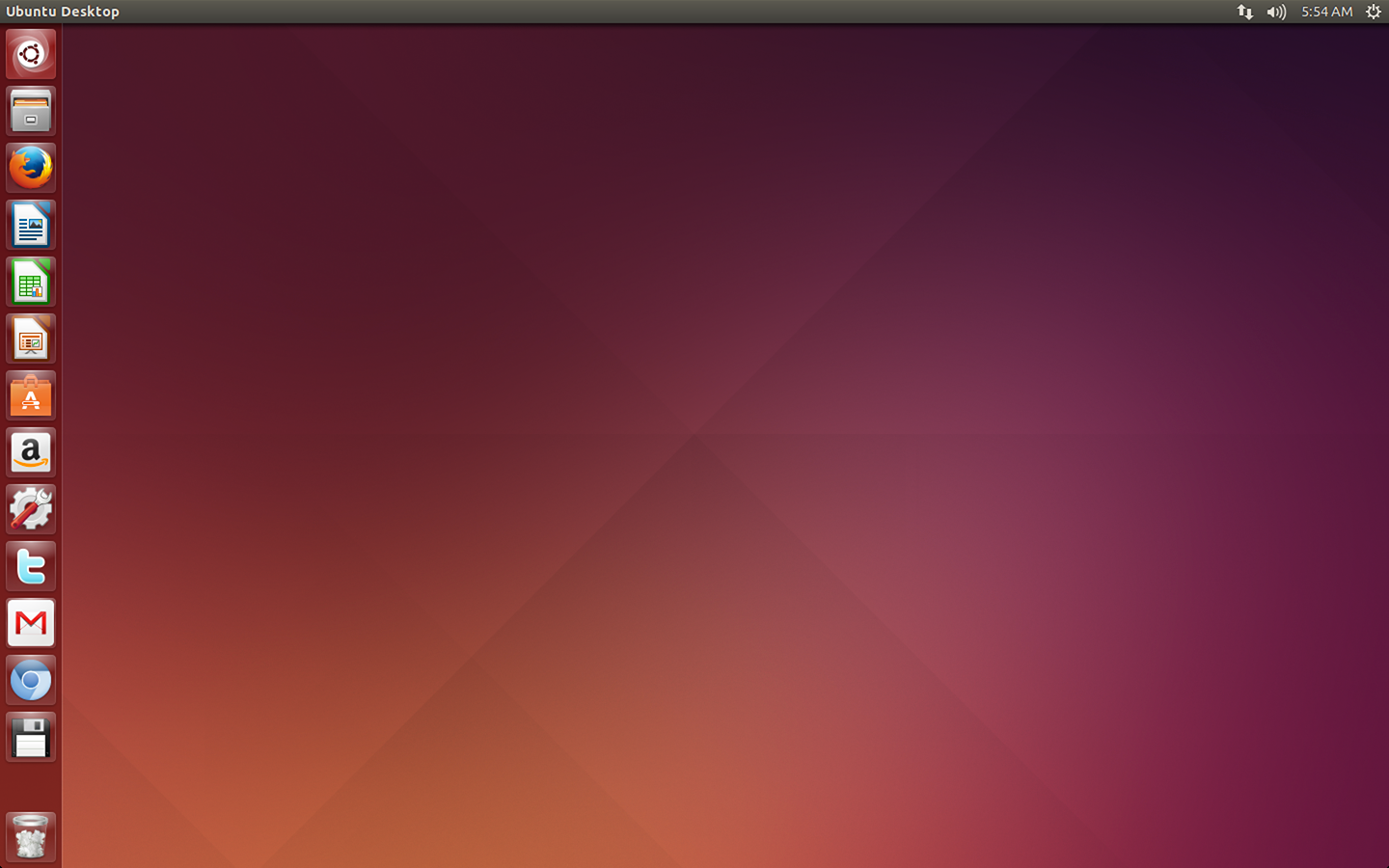

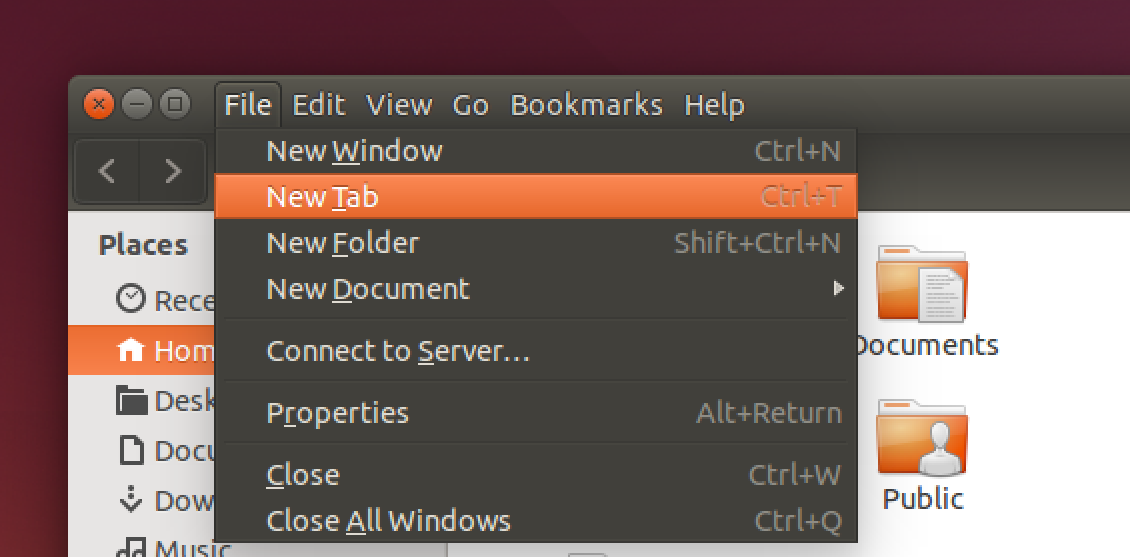
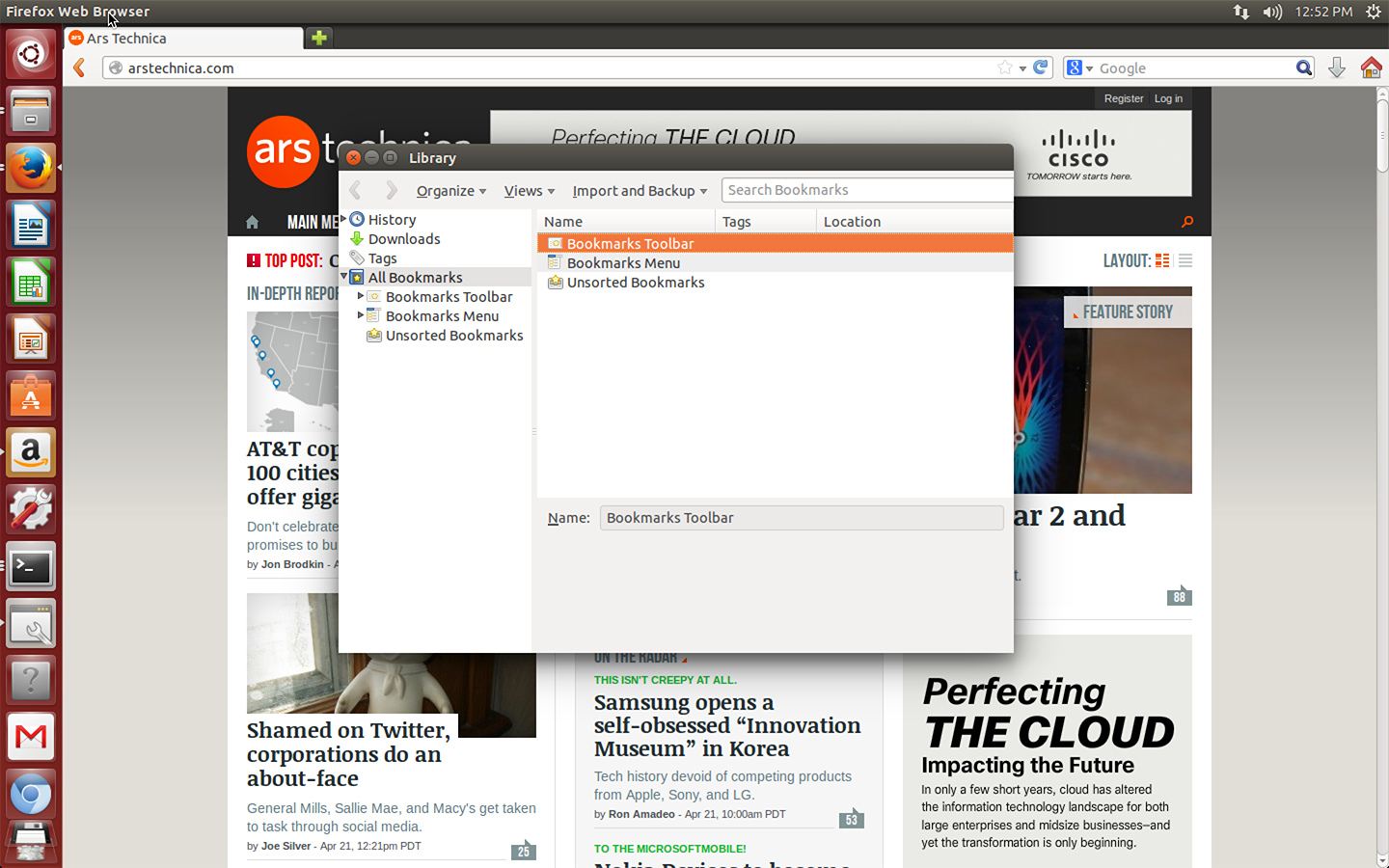
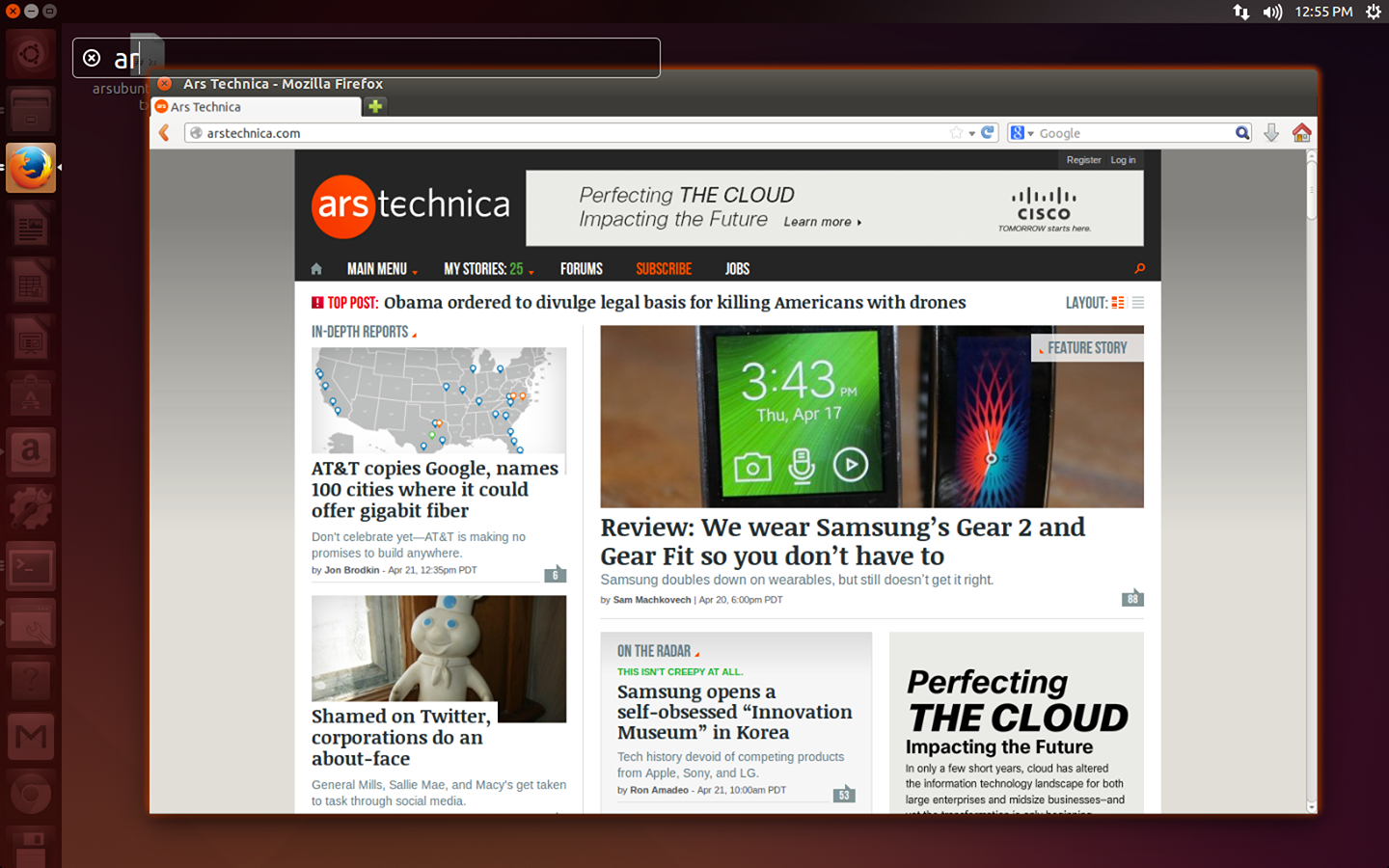
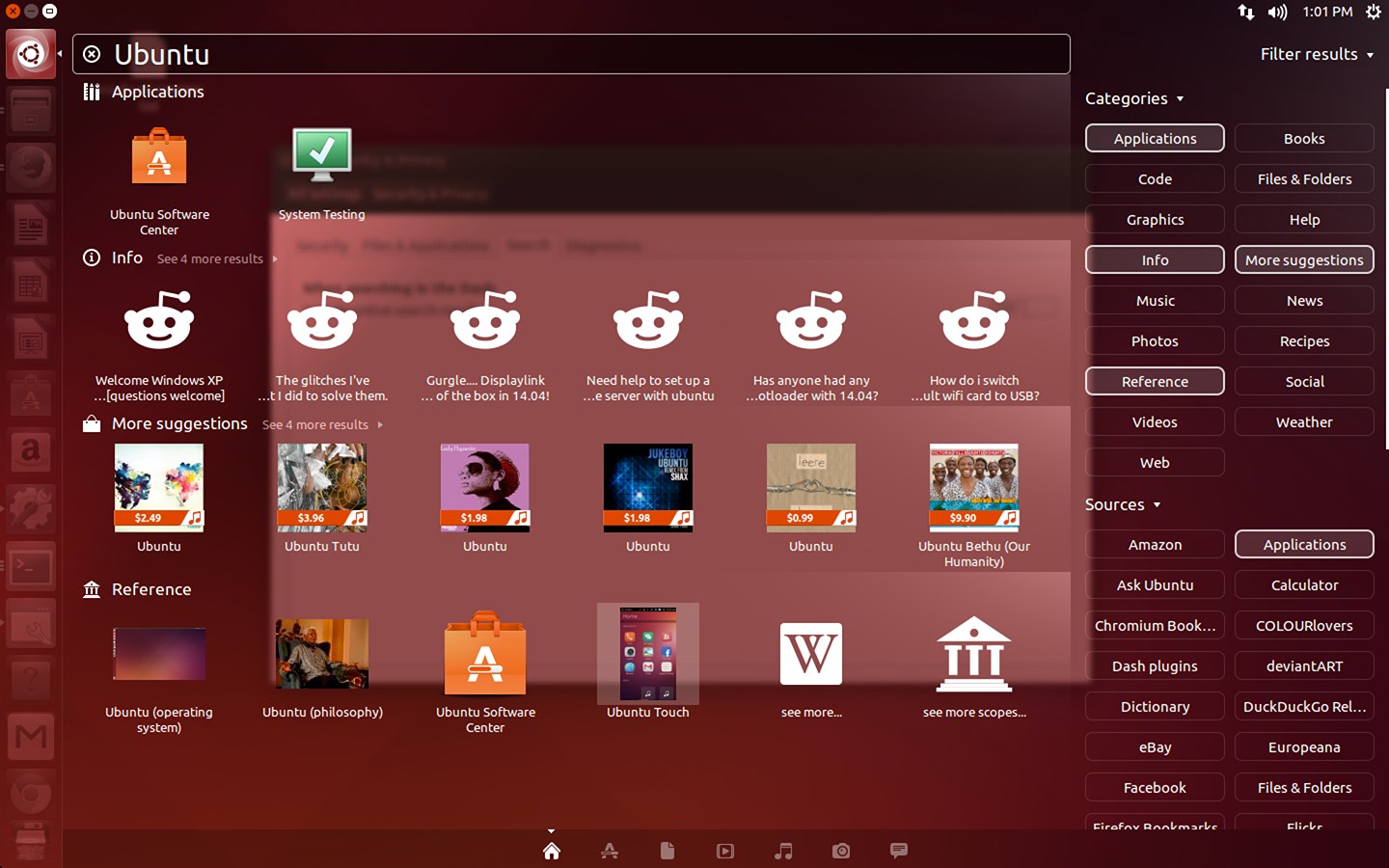
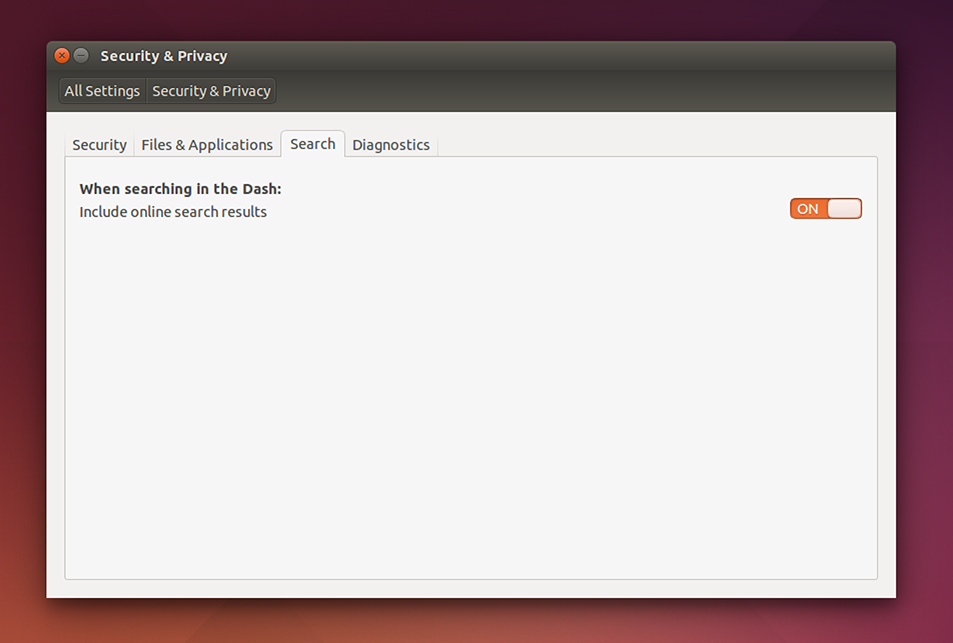
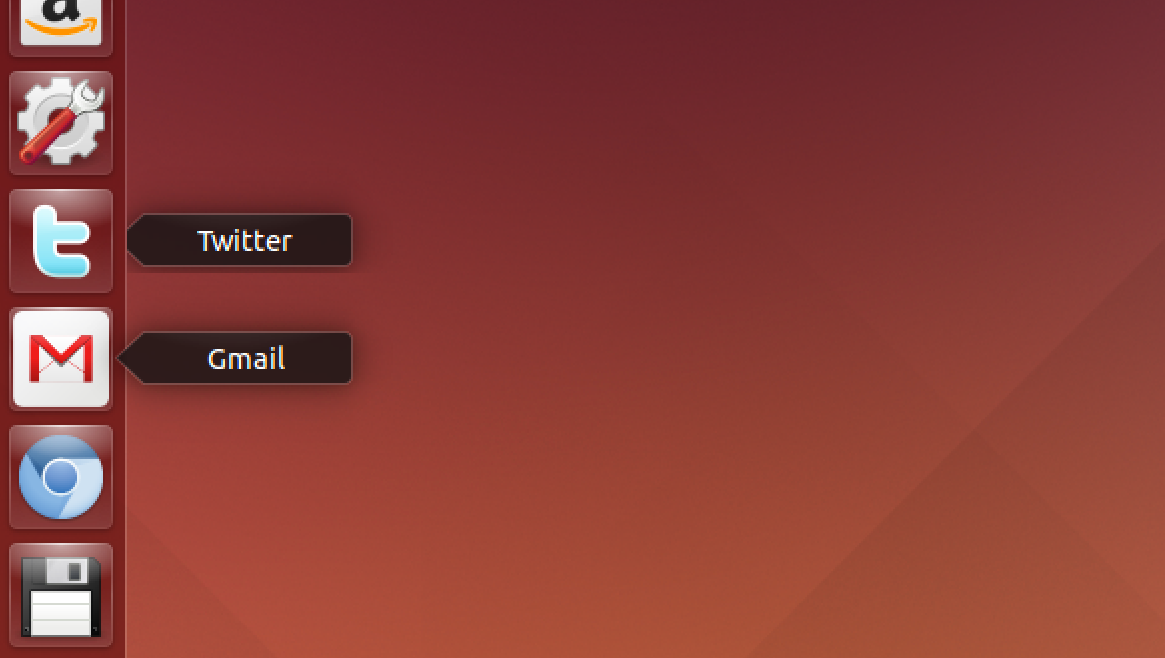

 Loading comments...
Loading comments...
